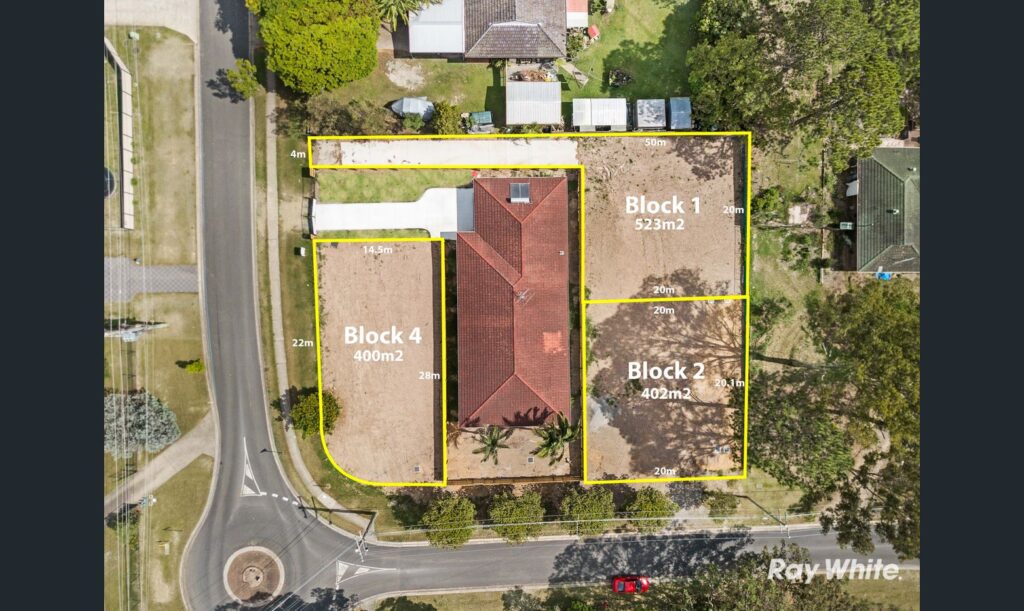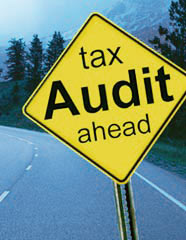What are the tax and investment considerations for a Granny Flat above versus a Tiny Home below? Income Tax Return Reporting - Income Streaming Tiny Homes Tiny home ownership does not have to follow the ownership interest of the underlying property ownership. For...
SMSFs and Property Development have risks for Trustees

SMSF’s and Property Developments have risks as a trustee you need to understand and document as part of the investment strategy.
SMSFs can purchase, developed, or sub-divided real property to sell and or hold to rent out. Property Developments can help SMFS’s to build wealth more quickly than just a passive investment and hold investment strategy.
SMSFs in Accumulation Phase (prior to drawing any retirement pensions)
Enjoy a 15% flat tax on net income, also enjoy a 1/3 CGT discount on the 15%, which compares very favourably to normal marginal tax rates.
SMSFs in Pension Phase
The SMSF reverts to a 0% tax rate on income and any realised CGT.
Four main SMSF Property Development Investment Structures or arrangements.

Engage an unrelated property developer.
The simplest and least risky method is where a developer undertakes the development for payment.

Undertake the development itself.
For example, an SMSF purchases a house and does its own renovations. The key issues to avoid here are payments to related parties and borrowing funds to finance improvements.

Invest in an ungeared related unit trust or company.
In this scenario, the trust/company would undertake the development. Such an entity is not subject to the in-house asset rules (unlike a related geared unit trust), but must meet the requirements listed in the Superannuation Industry (Supervision) Regulations 1994 (SIS Act).

Through unrelated unit trusts.
Where no single SMSF owns 50% or more of the units in a unit trust (as doing so would mean it was in control of the trust and thus a related trust). This has the advantage of allowing the unrelated unit trust to borrow.
SMSF property development is layered with complexity. The sole purpose test, payments to related parties, and the in-house rules are just some of the SIS Act provisions that can lead to an SMSF becoming non-compliant.
The ATO recognises that property development can be a legitimate option for SMSFs, however, it has flagged the following investment types as possible raising red flags:
- Where they are used to inappropriately divert income into the superannuation environment.
- Where property development ventures are funded in a way that is inappropriate for retirement purposes.
- Where they are implemented in a way that can lead to inadvertent but serious contraventions of the SIS Act.
Some of these potential contraventions?
- Collateral purposes.
- Where a property development venture could amount to the SMSF being maintained for a collateral purpose – that is, one other than providing retirement benefits to its members (or their dependants). For example, where the SMSF trustees have other roles within the property development venture (either through other businesses or control of other entities), it is important they can demonstrate that decisions made were solely pursuing the retirement purpose of the SMSF.
- Related party loans/financial assistance.
- SMSFs are prohibited from providing loans or financial assistance to members or their relatives. In the property development space, this means not engaging a related party to provide services as a means of providing them with work, and not paying more than market value for their services.
- Operating standards.
- SMSF money and assets must be kept separate from those held by a trustee personally; assets must be appropriately recorded at market value; and all transactions carefully documented.
- Limited recourse borrowing arrangement.
- An SMSF may borrow money to acquire the land/property by entering into a LRBA, but the LRBA must be on arm’s-length terms – that is, trustees should consider: repayments and ability to repay; arrangements to provide security to a lender; and related party fees. Also, the amounts borrowed cannot be used to develop or improve the acquirable asset, and if money from other sources is used to fundamentally change the property’s character, it may contravene LRBA requirements by ceasing to be the same/original single acquirable asset.
- In-house assets.
- Subject to certain exceptions, an in-house asset of a superannuation fund is an asset that is: a loan to a related party of the fund; an investment in a related party of the fund; an investment in a related trust of the fund; or an asset of the fund that is subject to a lease or lease arrangement between the trustee of the fund and a related party of the fund.
Contraventions of the in-house asset rules can occur where the SMSF is deemed to be “investing” in the property development, and thereby potentially exceeding the level of in-house assets allowed (i.e. more than 5% of the market value of the fund’s assets in any financial year).
- Subject to certain exceptions, an in-house asset of a superannuation fund is an asset that is: a loan to a related party of the fund; an investment in a related party of the fund; an investment in a related trust of the fund; or an asset of the fund that is subject to a lease or lease arrangement between the trustee of the fund and a related party of the fund.
- Taxation.
- SMSFs in the property development game also need to properly discharge their tax obligations, which include income tax matters (such as the non-arm’s length income provisions and general anti-avoidance rules) as well as GST matters (such as registration requirements, correct reporting and the application of the margin scheme).
The ATO will closely monitor property development arrangements in SMSFs, and while SMSFs investing in property development will often deal with related parties as part of that development, it’s imperative for trustees to recognise that each transaction must be conducted on arm’s-length terms and recorded as such.

SMSF clients should seek independent advice before entering into property development arrangements, as non-compliance can result in adverse consequences including the forced sale of assets and even closure of the SMSF.
Clients who have already developed property or invested in a property development venture should assess their investment against the issues flagged here – and where contraventions or concerns are identified.
Please talk to us so we can assist in disclosing them to the ATO so that rectification plans can be put in place. You can call our office or book a no-obligation chat online





